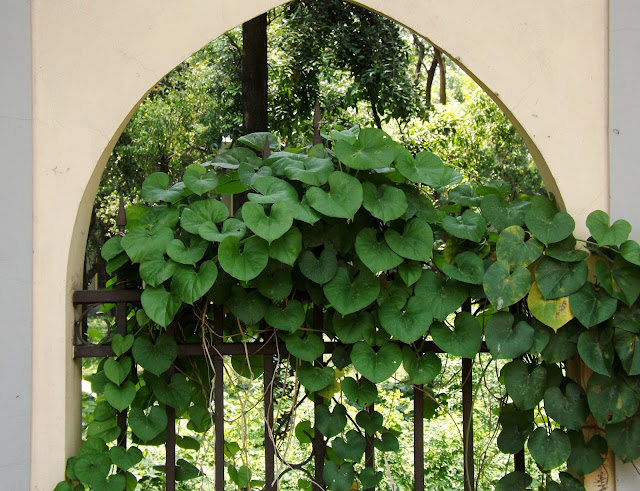Tal or Asian palmyra palm, Borassus flabellifer
Tal or Asian palmyra palm (Borassus flabellifer, family: Arecaceae) is a tree with a stout, straight, unbranched cylindrical trunk having short internodes covered with leaf-scars and ending at the top in crown of large leaves closely packed together. The tall plant can attain the height of 25-30 m. Trunk can be 1 meter across. Its original home is South and Southeast Asia. It is found in rural areas, mainly on water-side and roadside in Bangladesh.
Common names: Taal, Asian palmyra palm, Toddy palm.
Inflorescence is large with many fruits, arranged in a closed spiral upon the axis. Male and female flowers grow separately. Female plants yield fruits. Propagation is by seeds.
Leaves are palmate with well-developed petiole.
It is very slow growing plant and can live 100-150 years.
Its trunk is used as pillar which is very strong. Its leaves are used to make hand-fan. Once the leaves of this plant were used for writing as paper.
A kind of juice is extracted from both male and female plants. The juice is soothing, energising, stimulant. The palm core is nutritious and entipruritic. Molasses and sugar can be produced from its juice and these are used to prepare many delicious foods.






Comments
Post a Comment